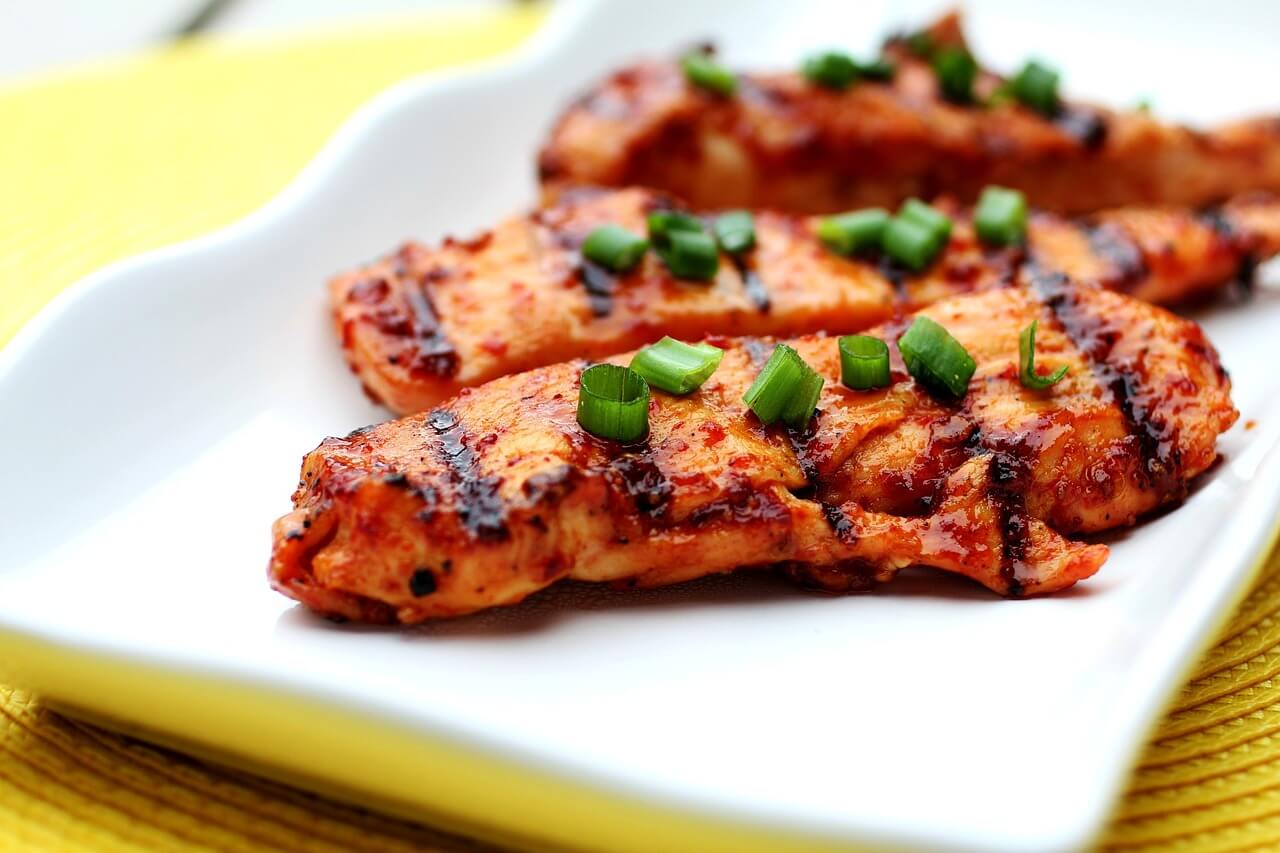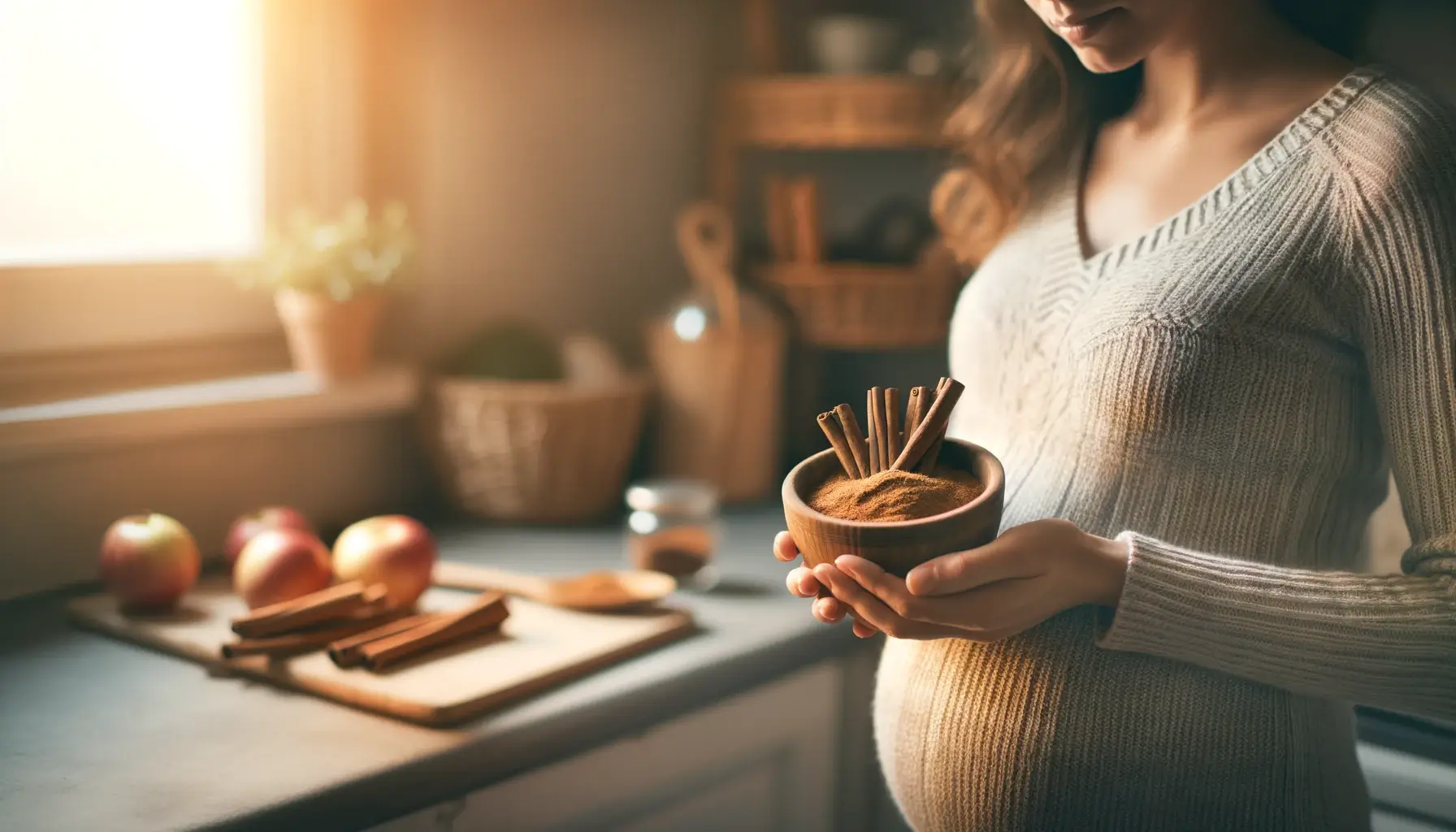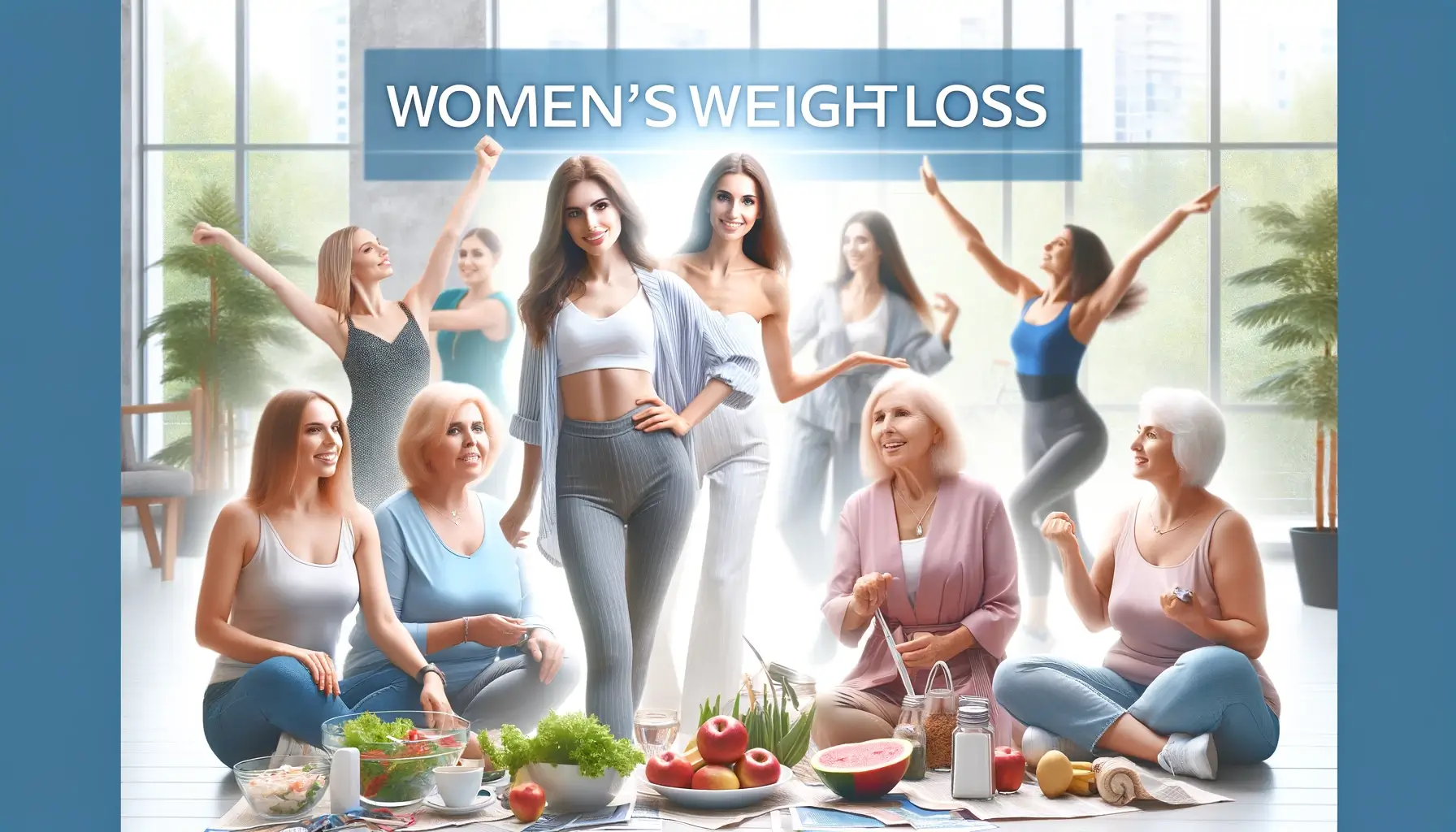I. Introduction
A. Brief overview of the topic (sell by date and its relevance to chicken)
Every day, countless consumers grapple with the decision to keep or discard food items based on the sell-by date stamped on the packaging. This concept is of significant relevance to perishable items, especially chicken. Being one of the most commonly consumed proteins worldwide, the safe handling, storage, and consumption of chicken is a matter of global interest. Sell-by dates serve as a guideline for retailers and consumers to understand the suggested time frame within which the food can be sold or consumed while maintaining its peak quality [1]. When dealing with chicken, these dates become particularly important due to the foodborne pathogens commonly associated with poultry, such as Salmonella and Campylobacter.
B. Importance of understanding food expiration dates for health and safety
Understanding the meaning and implications of food expiration dates, specifically the sell-by date, is crucial for maintaining health and food safety. Misinterpretation of these dates often leads to two unfavorable outcomes: food waste from prematurely discarded food or, conversely, foodborne illnesses from consuming spoiled food. These concerns underscore the importance of accurate knowledge about food expiration dates, providing the basis for safe food practices, better consumer decisions, and ultimately, protection of public health.
II. Understanding Food Expiration Dates
A. Definition and explanation of Sell by Date, Use by Date, and Best Before Date
Food expiration dates are primarily classified into three types: Sell by Date, Use by Date, and Best Before Date. These labels are intended to guide consumers on the freshness and safety of food products.
- Sell by Date: This is an advisory for retailers, indicating when the product should ideally be sold or removed from shelves. It helps inventory management by ensuring stock rotation, but it doesn’t necessarily mean the food becomes unsafe after this date.
- Use by Date: This is the last date recommended for the use of the product while at peak quality. It is not a safety date except for when used on infant formula. Most foods still taste fine a few days past the use-by date.
- Best Before Date: Also referred to as the “best if used by” date, it indicates when the food’s quality may begin to deteriorate but is still safe to consume. The taste, aroma, and texture might not be at their best, but eating the product doesn’t pose an immediate food safety concern.
B. How these dates are determined
The process of determining these dates can vary significantly based on the nature of the product, its processing, packaging, and storage conditions. Manufacturers conduct detailed quality tests and stability checks, considering factors like temperature, moisture, and light exposure. They also factor in potential microbiological growth, changes in texture, color, and flavor over time. For highly perishable foods like chicken, these tests are critical to determine a reliable and safe time frame for consumption [2].
III. The Sell-by Date and Chicken: A Closer Look
A. The meaning of the sell-by date specifically for chicken
The sell-by date on a chicken label is a recommendation for retailers, not consumers. It’s an indication to the store of how long to display the product for sale. The sell-by date aims to guarantee a certain quality of the chicken for a specific period, which doesn’t necessarily mean the chicken is unsafe to eat beyond this date.
B. How long after the sell-by date is chicken typically safe to eat?
As a general rule, chicken is safe to eat for 1-2 days after the sell-by date if it has been properly stored in the refrigerator at 40°F (4.4°C) or below. However, this period may vary depending on the storage conditions, with freezer storage extending the safety period significantly [3].
C. Factors that influence the shelf life of chicken after the sell-by date
- Refrigeration and freezing: Proper refrigeration is crucial to maintain the safety and quality of chicken. At temperatures below 40°F (4.4°C), the growth of bacteria is significantly slowed down. Freezing at 0°F (-18°C) can halt bacterial growth entirely and keep the chicken safe indefinitely, although quality might decline over time [4].
- Preparation and storage methods: The shelf life of chicken can also depend on how it is prepared and stored. Chicken kept in its original packaging in the refrigerator will last longer than if it’s been taken out of the package. Once cooked, chicken should be refrigerated within two hours and will typically last for 3-4 days.
- Presence of pathogens: The presence of foodborne pathogens such as Salmonella or Campylobacter can affect the safety and shelf life of chicken. Even if the chicken looks and smells fine, these bacteria can still be present and pose a risk if the chicken is not cooked to a safe internal temperature [5].
IV. Identifying Spoiled Chicken
A. Physical signs of spoiled chicken (color, smell, texture)
Identifying spoiled chicken is key in preventing foodborne illnesses. The physical signs that chicken has gone bad can be evident in changes in color, smell, and texture.
- Color: Fresh chicken typically has a pink, fleshy hue. When chicken starts turning grey or having a tinge of green, it is likely spoiled.
- Smell: A potent or sour odor is a clear sign that chicken is no longer safe to eat. Fresh chicken should have a mild scent or no smell at all [6].
- Texture: Spoiled chicken might feel tacky or slimy to the touch. When you run your fingers over fresh chicken, it should feel moist, but not slimy [16].
B. Risks associated with consuming spoiled chicken
Eating spoiled chicken can lead to food poisoning, a condition that can cause symptoms like nausea, vomiting, diarrhea, fever, and abdominal pain. In severe cases, foodborne illnesses can lead to serious complications, including dehydration and hemolytic uremic syndrome [7].
C. Can cooking spoiled chicken make it safe?
While cooking chicken to the proper internal temperature of 165°F (74°C) can kill many bacteria, it won’t eliminate toxins produced by some bacteria during spoilage. Hence, cooking spoiled chicken will not necessarily make it safe to eat.
V. Ensuring the Safety of Consumed Chicken
A. Proper storage techniques to extend the life of chicken
Proper storage can help extend the shelf life of chicken. When you bring chicken home from the store, it should go into the refrigerator as soon as possible. Chicken should be stored at 40°F (4.4°C) or below in the refrigerator, preferably on the lowest shelf to avoid any potential for cross-contamination. Chicken should also remain in its original packaging until it’s ready to be used.
B. Safe preparation and cooking practices
Safety extends to the preparation and cooking of chicken. Before and after handling raw chicken, always wash your hands, utensils, and cutting boards with hot soapy water. Cook chicken to a safe minimum internal temperature of 165°F (74°C) as measured with a food thermometer to kill any present bacteria. Avoid cross-contamination by keeping raw chicken and its juices away from other foods.
C. How to properly freeze chicken
Freezing chicken at 0°F (-18°C) can preserve its quality and make it safe to eat indefinitely. For optimal quality, protect chicken from air in the freezer by removing it from the store packaging and rewrapping it tightly using aluminum foil, plastic wrap, or freezer paper, or place it in a freezer bag. If you freeze chicken in its original packaging, place it in a freezer bag to provide an extra layer of protection.
VI. Frequently Asked Questions
A. What if there’s no sell-by date on the chicken?
In some cases, chicken might not have a sell-by date. This doesn’t necessarily mean it’s unsafe. Rather, consumers should pay attention to the purchase date and follow the rule of thumb that chicken is generally safe to eat for 1-2 days after purchase when properly refrigerated [8].
B. How can one determine if chicken is still good without the sell-by date?
Without a sell-by date, consumers can use their senses to check for signs of spoilage in the chicken. Look for changes in color, smell for off odors, and feel for any changes in texture. If any of these signs are present, it’s safer to discard the chicken [9].
C. Can one trust the sell-by date completely?
The sell-by date is a useful guide but is not absolute. Factors like how the chicken was stored before purchase, the temperature of your refrigerator, and how the chicken is stored at home can all influence the actual shelf life of the chicken. It’s essential to ensure that chicken is properly stored and cooked to a safe internal temperature to avoid foodborne illnesses [10].
VII. Conclusion
A. Recap of the main points
This article has delved into understanding the sell-by date on chicken and how long it’s typically good for after this date. We’ve explored factors influencing the shelf life of chicken, including storage and preparation methods, and the presence of pathogens. Additionally, we’ve discussed how to identify spoiled chicken through physical signs and the associated risks of consuming it [11].
B. Importance of taking responsibility for one’s food safety
It is vital to understand that food safety is a shared responsibility. While retailers and regulatory authorities play a significant role, consumers must also be informed and proactive. Understanding food labels, proper storage, and safe cooking practices are all part of this responsibility. Remember, when in doubt about the safety of any food, the safest course is to discard it.










